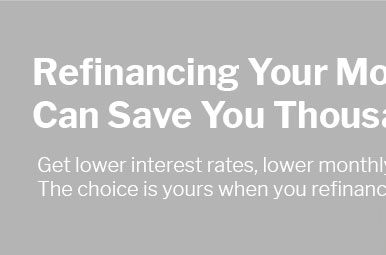no income home loan basics and practical paths
What it means
A no income home loan typically relies on alternative documentation instead of traditional pay stubs. Lenders may review assets, bank statements, or rental cash flow to gauge ability to repay, and they usually require strong credit, healthy reserves, and a larger down payment.
Who might consider it
This route can fit self-employed buyers with seasonal earnings, retirees drawing from savings, or investors with verifiable rent history. It is not a shortcut; expect higher rates and tighter guidelines, but potentially faster underwriting when your paperwork is organized.
Benefits and trade-offs
- Flexible documentation: Bank statements or asset depletion can tell your financial story.
- Privacy: Less emphasis on employer verification.
- Speed: Streamlined review when records are clear.
- Costs: Bigger down payment and pricing add-ons are common.
Getting started
Clarify your budget, gather 12–24 months of statements, and list liquid assets. Speak with a mortgage broker who handles specialty products, compare APR and fees across lenders, and request written terms. Before you commit, stress-test payments against a rate bump to ensure the loan still fits comfortably.














